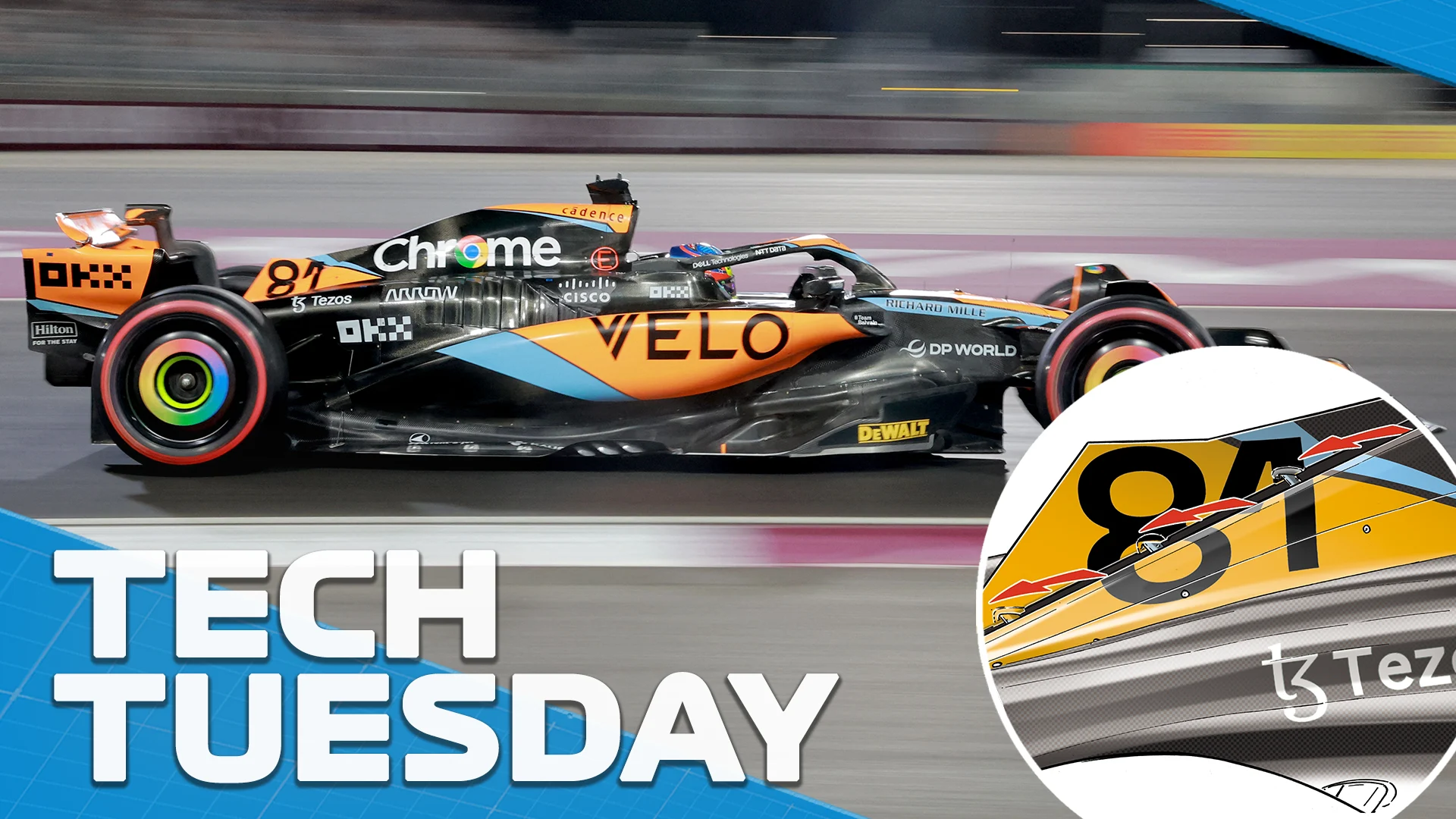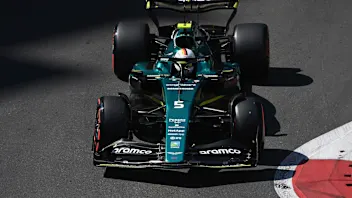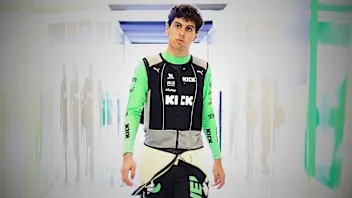TECH TUESDAY: How Qatar set the scene for a crucial car cooling test during F1’s upcoming triple-header


It was the effect of the extreme heat upon the drivers which made the news in Qatar but those demands also impact heavily upon the performance of the car. And the problems posed upon each are quite different in an important way – as we will see when we compare Qatar last weekend to Mexico in two races’ time.
Performance creates heat. Converting the potential energy within the fuel into motion in particular creates huge amounts of heat, which needs to be dissipated in order to allow the car to continue to function.
READ MORE: 5 Winners and 5 Losers from Qatar – Who impressed under the lights in Lusail?
Next Up
Related Articles
 11 times F1 drivers took another driver’s car number
11 times F1 drivers took another driver’s car number ExclusiveHow Bearman went from super-sub to star rookie in 2025
ExclusiveHow Bearman went from super-sub to star rookie in 2025 ExclusiveBortoleto on his rookie year and Audi excitement
ExclusiveBortoleto on his rookie year and Audi excitement Every twist and turn from a dramatic 2025 title battle
Every twist and turn from a dramatic 2025 title battle End Of Year Reports 2025Haas’ best and worst moments from 2025
End Of Year Reports 2025Haas’ best and worst moments from 2025 PalmerJolyon Palmer picks his top performers in 2025
PalmerJolyon Palmer picks his top performers in 2025
